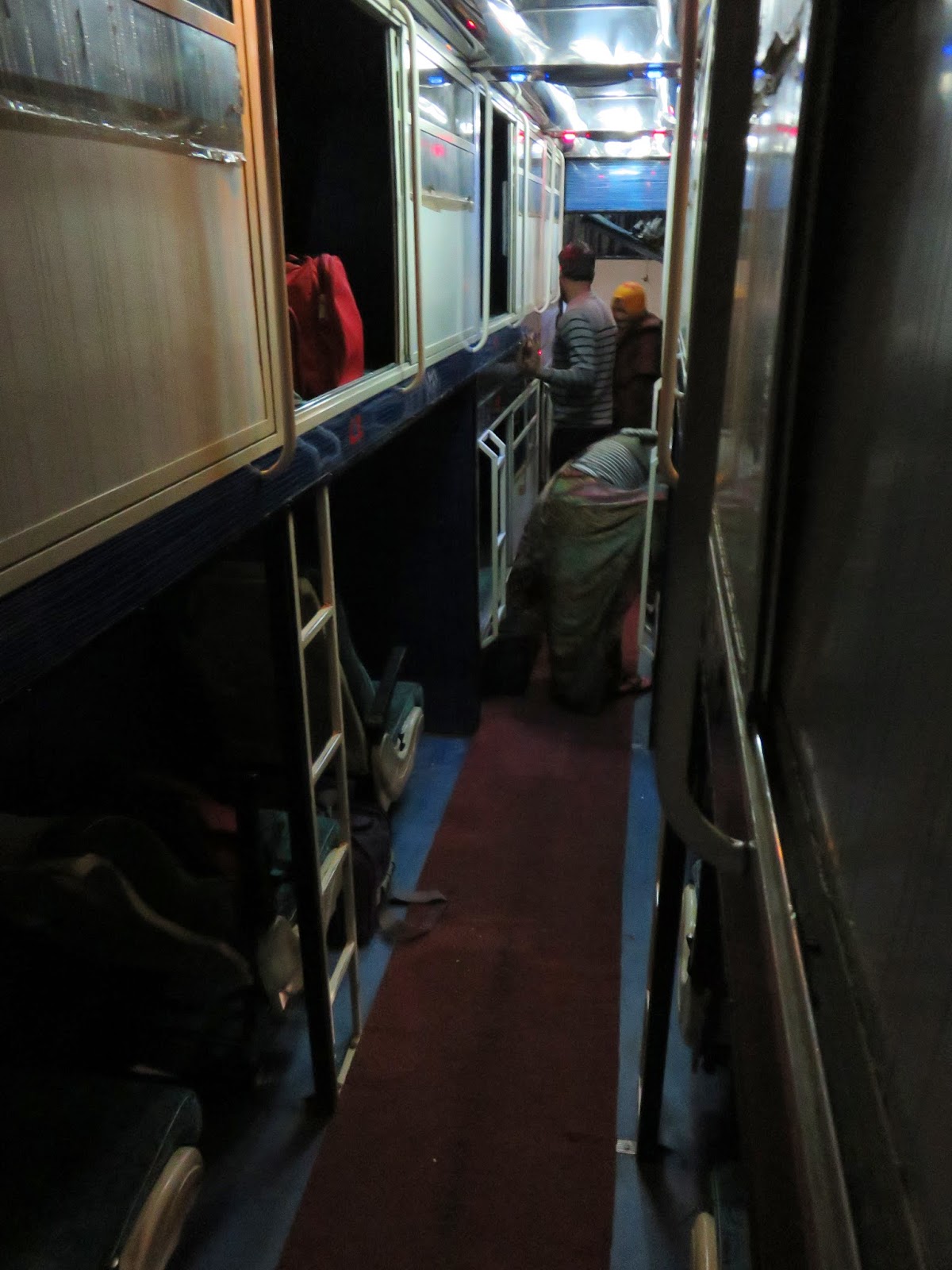When the opportunity to take a week-long natural dye
workshop came up at university, I of course decided to take part and learn from
some of the best. I did call into question my decision though when one of the
first items we were required to ‘find’ was a large heap of (pardon the French)
cow shit. Apparently the enzymes clean the fabric so it is better prepared to
absorb the natural colours, although I personally feel it also had something to
do with a crazy Indian having a laugh with the foreigners. So, after allowing
some French exchange girls to very kindly take this task on, we went to the
local flower market, vegetable market and fabric shop to collect the rest of
our shopping list of “anything and everything natural”. So we showed up to the
dye studio on day 2 with bags of beetroot, carrots, red grapes, pomegranate…as
well as red onion skins confusedly donated by a nice veg man, and a whole
collection of red and orange discarded flowers (the locals watched in amusement
as we climbed and gathered from behind the market, being cheapskate students).
Buying fabrics in India was like a dream come true for me,
and what a shame that I had to spend the afternoon looking at different silks
for class! Hundreds of colours, weights and thread counts stacked the shelves
on rolls. I was like a kid in a candy shop. It therefore broke me a little to
take my meter of beautiful Indian silk and leave it to soak in cow dung all day
and night while I prepared the dyes.
Making the dyes felt a little like being back in home economics
in school or playing at witches and mixing potions. I stained my hands yellow
picking all the petals off of the flowers, and made a mess chopping up
beetroot. Boiling the different ingredients in water (five times the weight of
the vegetable) made the whole studio smell like a very peculiar kitchen, but it
was exciting to see how the different colours appeared - with some quite
surprising results! Our lecturer, being the intelligent yet odd man we came to
know him to be, informed us to taste and smell each dye, insisting that there
is a strong link between the senses and the colours produced. This should help
us in future when trying to create a specific colour.
Day 3 was when the fun started with cutting the silk and
cotton into small sample pieces and testing how the dyes coloured the fabrics. It
was a crazy organised mess of boiling the dyes, wetting the fabrics, soaking
them, rinsing and hanging out to dry (in the melting sun might I add). We had
colours of purple from red grapes, green from pomegranate fruit, but a dark yellow-orange
from the skin, and brown from red onion skin. At this point, we were instructed
to take the pH of each dye which would help indicate which would work at which wouldn't
– generally anything over 7 won’t colour.
I really enjoyed using the mordents most, we used three different;
Alum, Copper and Ferrous. Using chemicals took the feel of being in potion class
to a whole new level! These help the colour fastness and can create a very
interesting range of colours from one dye as the fabrics change when placed in
each; alum generally makes the colour much brighter while ferrous makes it much
darker, even black or navy in some cases. It was exciting and eye opening to
see just how many colours can be extracted and created from just one plant, and
how much the earth has to offer. I love
the idea of being able to fully create my own environmentally friendly dyes and
fabrics in the future.











































